
News, Insights, and more on Industrial IoT
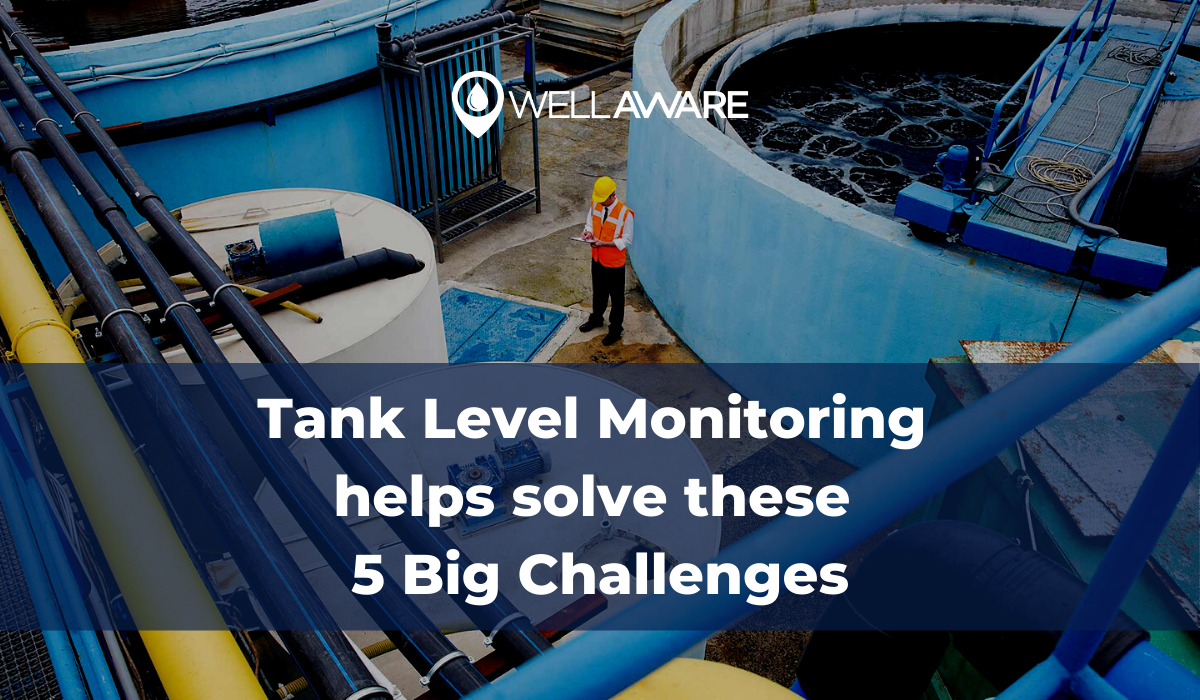 We’ve been making fantastic progress in our remote tank level monitoring blog series. Over the last few posts, we’ve covered how to pick the right tank level sensors, which industries benefit the most from remote tank monitoring, and what it takes to power up a complete solution.
We’ve been making fantastic progress in our remote tank level monitoring blog series. Over the last few posts, we’ve covered how to pick the right tank level sensors, which industries benefit the most from remote tank monitoring, and what it takes to power up a complete solution.
Today, we zoom in and discuss five specific industrial challenges that remote tank monitors can help us solve:
Tip: Click the links above to jump to each specific challenge!
If we can address these common problems effectively, we are well on the way to accomplishing our ultimate goal when it comes to remote tank monitoring: using trustworthy data to achieve better business outcomes.
Without further ado, let’s get started.
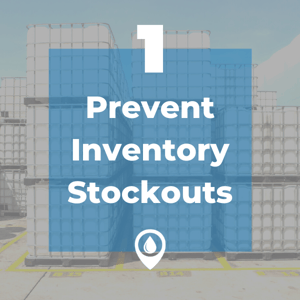
Many industrial and commercial processes rely on liquids infrastructure. For instance, oil producers need tanks to store fracking water. Agricultural businesses depend on networks of pipes, valves, and storage containers to irrigate crops. Manufacturing companies keep specialty chemicals on hand to maintain asset integrity and production throughput.
The list goes on and on.
If critical liquids that support industrial processes, like water, additives, chemicals, and lubricants, run out, we’ve got major problems. As a result, operators often turn to remote tank level monitoring to prevent inventory stockouts.
Using smart tank level sensors, we can implement continuous level monitoring, which enables us to track fluid levels and volumes in near real time. Most modern tank level monitoring systems also include sophisticated software packed with data visualization and alarm-setting capabilities, both of which you can use to prevent stockouts across your liquids infrastructure.
For example, you could configure your platform to alert if tank levels dropped to 20% and then escalate a second alarm if levels dropped further to 10%. Or, you could evaluate historical usage data in relation to current levels and predict when your tanks will run empty.
Some tank level monitoring systems even allow you to integrate your tank level data into other business workflows and automate your ordering process when fluid levels drop to certain points.
The bottom line: the right combination of tank level sensors and software will give you everything you need to guard against catastrophic stockouts.

Stockouts and supply chain inefficiencies are closely related problems. Stockouts occur when liquids consumers mismanage inventory, but inefficient supply chains mean liquid producers might not get that inventory restocked on time!
Ultimately, supply chain optimization for liquids producers is about managing inventory “speeds and feeds.” In our view, everything boils down to two variables: how much inventory you have and how quickly you use it. In a vacuum, calculating these numbers is simple math. But, in real life, optimizing liquid supply chains can become very complex calculus!
Fortunately, tank level monitors alleviate certain supply chain complexities and enable operators to collect accurate data around the data points mentioned above in an automated fashion. They can then use predictive analytics to estimate future consumption.
For example, a company that supplies heating oil could use remote tank monitoring in concert with regional weather changes to predict consumer demand. A dynamic monitoring solution paired with weather data would understand that cooler weather typically increases demand for heating oil, and prepare operators to act accordingly.
In a nutshell, tank level monitoring lets us optimize supply chains by feeding the “calculus” with up to date information on all of our distributed liquids inventory, allowing us to focus our efforts on the more complex variables that make supply chain efficiency challenging
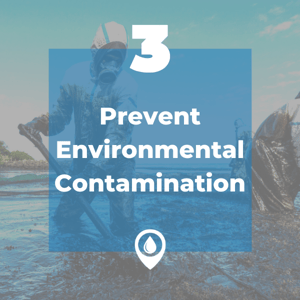
Environmental contamination is becoming a BIG issue for industrial companies. The rapid rise in environmental, social, and corporate governance (ESG) investing highlights just how important it is for today’s industrial companies to be both profitable and environmentally responsible.
Unfortunately, tanks can often be a source of environmental contamination, as many industrial companies use tanks to store hazardous or toxic liquids. When something goes wrong, the results can be devastating.
In general, there are two big problems that lead to environmental contamination: overflows and leaks. Smart tank level monitors can be a valuable tool in preventing contamination and costly remediation, especially near sensitive ecosystems.
Alarming tools that come with tank level monitoring systems can help operators identify when tanks are near full to prevent overflows. Operators can use historical and projected fill rates to estimate when tanks should reach capacity. Then, they can set alarms to indicate when levels are rising above safe thresholds and act before it’s too late.
Leaks are a bit trickier to mitigate, but the same principles apply. If you know your typical usage and fill rates, you should be able to spot when your tanks are filling up more slowly than expected, indicating you might have a leak. A well-designed tank monitoring program will not only enable you to catch these issues, but do so automatically to prevent costly and devastating environmental contamination.
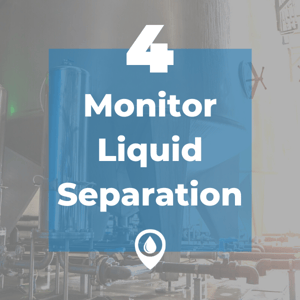
We’ve talked about the importance of production quality in the past and why proper liquid separation is necessary in many manufacturing processes. Sometimes, we want liquids to separate. Other times, we don’t! It all depends on the process.
For example, in oil and gas production, companies need to separate crude oil from water in gunbarrel tanks or separators. On the flipside, food manufacturers want to emulsify oil and water when making salad dressings. Tank level monitoring can help in both of these scenarios.
There are smart tank level sensors out there that can sense fluid interfaces and indicate if liquids are separating or mixing as expected. To be sure, when it comes to production quality, tank level monitoring is only a piece of the puzzle, but it can at least supply much of the data people need to determine if separation or emulsification processes aren’t working as expected.
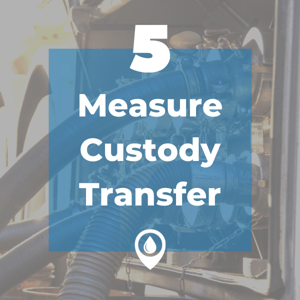
Lastly, we have challenges associated with custody transfer. Any time liquids change hands under financial transactions, we need to make sure every party involved gets what they expect. Custody transfers have direct financial implications, so precision is key.
For instance, in the oil and gas industry, we have to make sure the volume of crude oil pulled by hauling companies matches the number on the run tickets they produce. In liquids manufacturing and distribution, service companies need an accurate accounting of delivered inventories to create accurate invoices.
In either scenario, inaccuracies or negligence in custody transfer can result in legal ramifications, situations that everyone wants to avoid.
We need trustworthy data that reveals how much fluid is in our tanks before and after custody transfers. Tank level monitoring can help with this.
Now, to be clear, there is more than one way to track custody transfer volumes, and often times using liquid metering can be more accurate than tank level monitoring. That being said, TLM can be a feasible option for validating custody transfer success in scenarios where metering is unavailable or impractical.
By keeping a close eye on changing tank volumes, we can quantify transfer events automatically and ensure all parties get what they are owed.
Many leaders don’t realize how valuable remote tank level monitoring can be in day-to-day operations. Though the challenges described above are vastly different from one another, they are all addressable in some way with smart tank sensors.
Ready to solve some big problems with remote tank monitoring?
Click here to check out our simple, reliable, and accurate tank level monitoring platform designed to help solve the biggest industrial challenges.
Like what you're reading? Sign up for updates!
Have a Question?